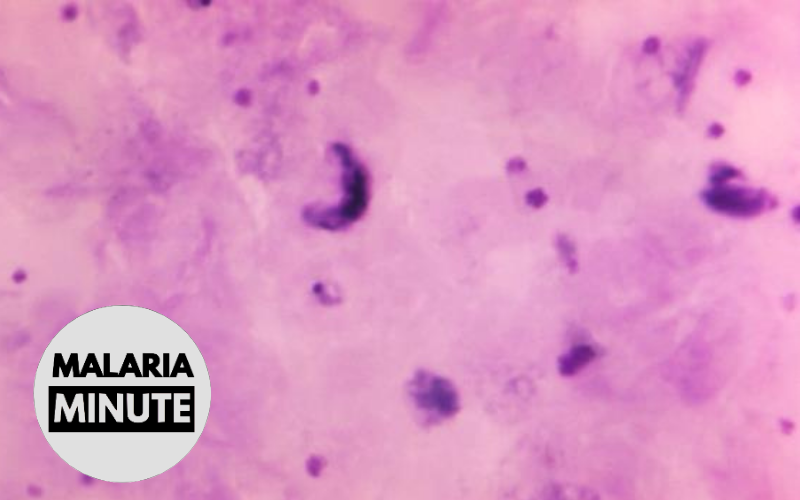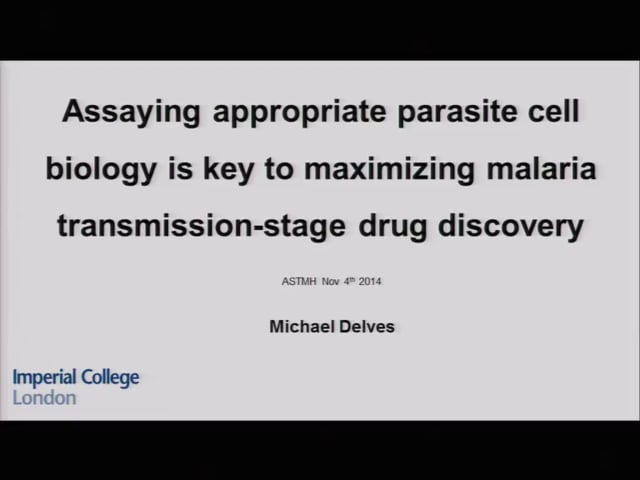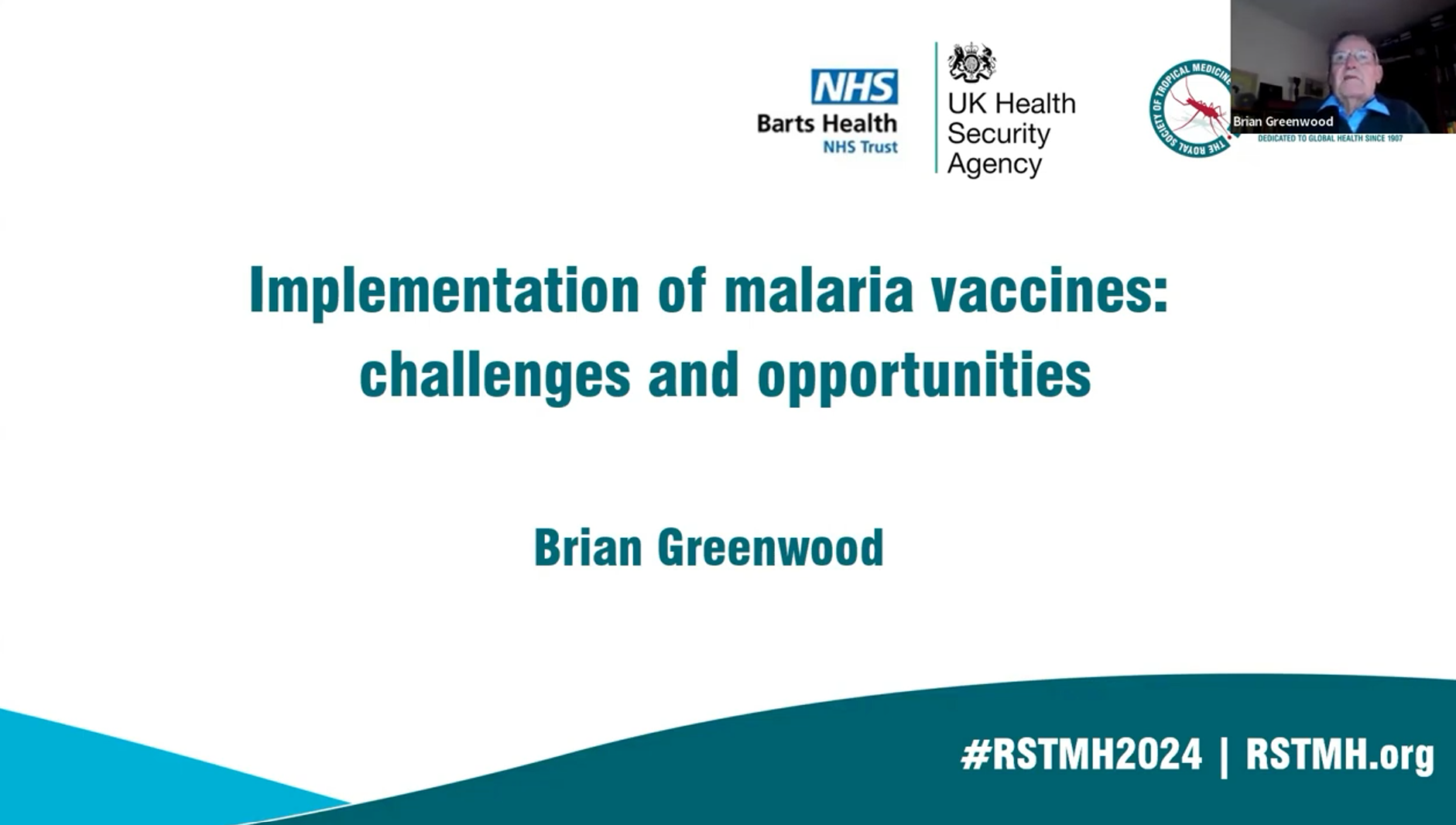Last Updated: 30/01/2025
Characterization of critical differences between human and parasite respiratory complex II
Objectives
The goals of this project are to:
- Identify the components that make up the parasite complex II.
- Discover all the components that are essential for parasite survival.
- Elucidate the differences in the mechanisms of parasite versus human complex II functions.
The survival of almost any eukaryotic cell depends on the mitochondria, the cell’s energy-making compartment. This is true for cells in the human body and for the single-celled parasites causing diseases like toxoplasmosis or malaria. In the mitochondria, a chain of machines, named the electron transport chain, must pass electrons, generated inside the mitochondria, to oxygen. This transport of electrons powers pathways that in return make building blocks and energy necessary for cell survival and function. For this reason, inhibitors of the machines in this chain are deadly, and molecules that have specificity for a parasite machine over a human one make excellent drugs. A prime example for this is the clinically used anti-malarial drug atovaquone, which inhibits one of these machines. Complex II, the second machine in the chain, fulfils the critical role of bringing electrons into the chain. In humans, complex II is made up of four components which together form the parts that acquire electrons from the mitochondria and that transfer them onwards down the chain. In apicomplexans, the group of parasites causing toxoplasmosis, malaria and other diseases, two of the complex II components are missing, and it is thus not clear how electrons are transported forward. This is curious because there is no known functional complex II missing those subunits in any other organism studied. This project aims to understand what unique parasite factors enable the function of this essential complex, thus, expanding our understanding of this fundamental cell biology process in divergent eukaryotes.
Apicomplexan parasites cause diseases that affect the health of millions of people around the world. Malaria, for example, infects >2M and kills ~400,000 people a year, mainly affecting children in Africa. Toxoplasmosis is a widespread infection that occur in ~1/3 of the world’s population, with some countries, for example Brazil, having >80% infection in the population. Toxoplasmosis can be fatal in immunocompromised patients, and can lead to defects in new-borns and stillbirth. Drugs for apicomplexans are suboptimal. Drug resistance is a barrier for malaria eradication and severe side effects hamper toxoplasmosis treatment. The missing complex II components highlight a fundamental difference between parasite and human cells, which may represent an opportunity for drug discovery. This potential is enhanced by the fact that the chain is already a known target for drugs. To explore this potential the field needs to know what components make up the parasites complex II, and how do they work together to execute its role in the chain. Together the findings will shed light on the differences between divergent cells, and may assist the design of new drugs for the deadly apicomplexan pathogens in the future.
Mar 2022 — Feb 2025
$456,091


